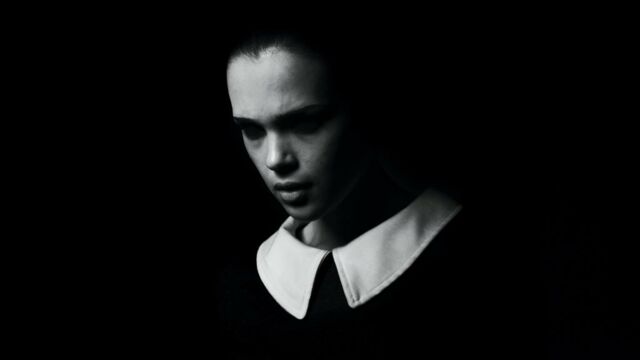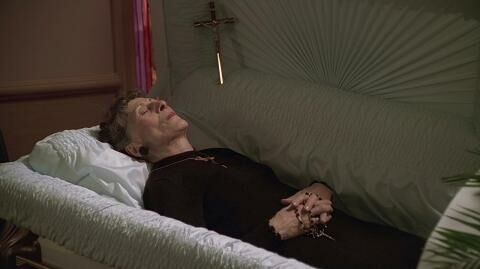Reports reveal that the Victorians were unquestionably fascinated with death and took pleasure in the several ways they could keep the memory of their dead loved ones alive, this they exhibited from locks of hair displayed artistically within jewellery to plaster cast masks of a person’s face. They sure had amemento mori everywhere around to remind them of their deceased family members.
Discover our latest podcast
Post-mortem photography
This eventually transformed into the phenomenon of post-mortem photography—images of dead relatives arranged in a lifelike pose, sometimes even with eyes having been painted on to mimic the impression of life.
This was as a result of the fact that death was so rampant during the Victorian era, life expectancy was very short, in addition to this, extremely high mortality rates were the norm.
People barely made it to an average age of just 40 thanks to extreme poverty, unsanitary conditions and a lack of basic healthcare which resulted in cases of diphtheria, typhus, cholera and tuberculosis resulting in the death of many lives.
Today, the images may appear to be horrific but to the Victorian people, it was seen as a source of comfort and a way to remember loved ones after they died.
Origins
According to the Mirror, it is believed that the first post-mortem photograph was captured in 1841 and the images originally saw subjects laid to rest, appearing as if they were asleep.
After 1860, it became more popular to pose the dead as if they were awake by propping them up on a chair and painting eyes onto the corpse’s eyelids.
The demand for post-mortem photography began to diminish as photography became cheaper and more commonplace, so families were more likely to have plenty of photographs of their loved one while they were alive.
Medical advancements also meant people were living longer and far fewer children died in infancy, which in turn made more people get easily put off by the thought of death.















